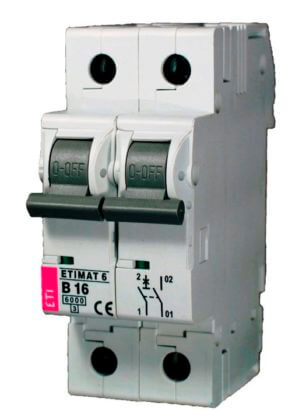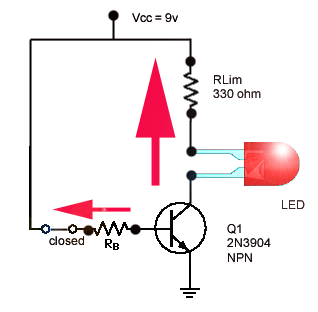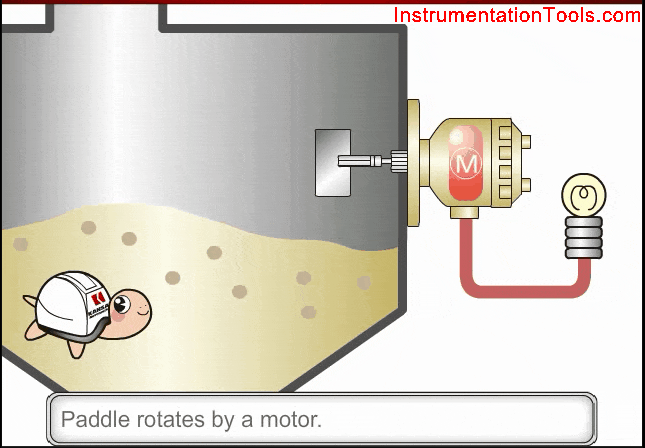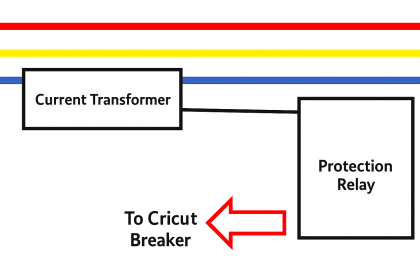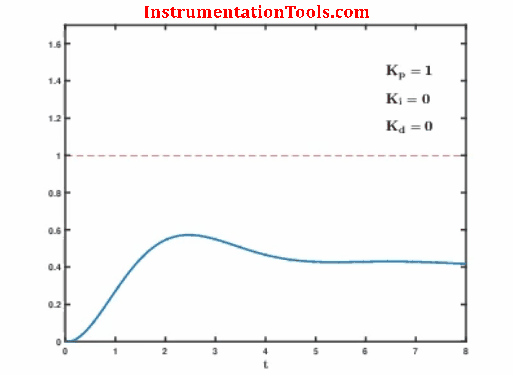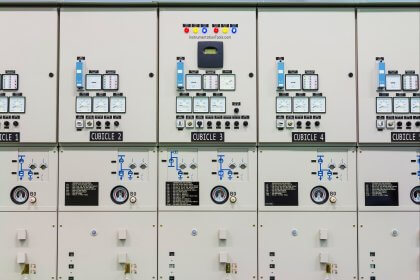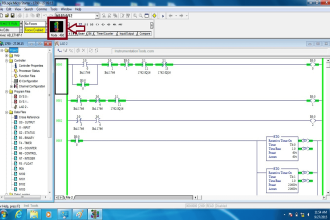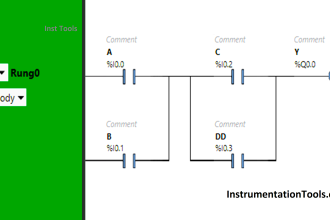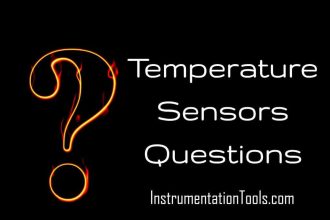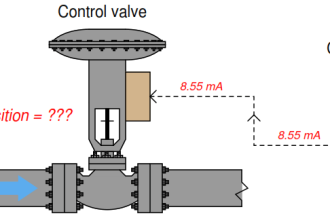A circuit breaker is an automatically-operated electrical switch designed to protect an electrical circuit from damage caused by overload of electricity or short circuit. A circuit breakers function is to detect a fault condition and, by interrupting continuity, to immediately discontinue electrical flow.
Circuit Breaker Animation
Introduction to Circuit Breaker
In the Power system operation it is often desirable and necessary to break or interrupt the various devices or transmission lines under normal and abnormal conditions. In the earlier days switches and fuses are used for this purpose to break or close the contact.
But if the fuse breaks on fault then it will take time to replace it which causes a large interrupt to power transmission. The operator has to go the field to replace the fuse once it fails. The switches or fuses cannot withstand high currents because of their construction.
These disadvantages of the switches and fuses made them to use in lower voltage range. But in emerging electrical engineering every day we are dealing with new technology consist of higher voltage range which prompted to use the device called circuit breaker.
Definition of circuit breaker
Circuit breaker is a device which makes the circuit when the operator intends it and which breaks the circuit based on operator intention as well as for any fault in the circuit.
The summarized important functions of circuit breakers are as follows:
- The circuit breaker can be operated manually or remotely from control room.
- The Circuit breaker can operate under fault conditions automatically through logic circuit.
- It can withstand for higher voltages providing higher insulation between two contacts when it is open.
Operating principle of Circuit breaker
It is necessary to know how the circuit breaker works for every electrical engineer. Circuit breaker consists of two electrodes one is fixed and another moving. The circuit will be closed if the two contacts are in contact and it will be open when these are two are apart.
This is based on the operator requirement whether the circuit should be closed or opened at the initial case. Suppose if the breaker is closed initially to make the circuit, if any fault occurs in the circuit or if the operator wanted to open it then the logic signal energizes the trip relay which separates the two contacts by moving the moving coil distant to the fixed coil.
This looks easy operation but the real hurdle is here only i.e. when the two contacts are separating there will be large transient potential difference between the contact ends which enables huge electron jumping from high potential to low potential. But the transient distance between the two contacts at that instant acts as dielectric for the electrons to pass from one electrode to another electrode.
If the potential difference is higher than the dielectric strength then the electrons tries to pass to another electrode which ionizes the dielectric medium which leads to high spark between the electrodes. This spark is called “arc” between the electrodes.
Even though the arc persists for microseconds, it is sufficient to blast the circuit breaker insulating casing and components in it due to the high heat of sparking.
So to avoid this damage to the circuit breaker the severity of the arc has to reduce by increasing the dielectric strength between the two electrodes when they are separating and the developed has to quench immediately before it damages the breaker.
The mediums like Air, oil, vacuum and SF6 (Sulfur Hexa fluoride) are used as arc quenching mediums which offers high dielectric strength as well as quench the arc as soon as possible.
Circuit breaker main purpose
- Switch load currents
- Make onto a fault
- Break normal and fault currents
- Carry fault current without blowing itself open (or up!) i.e. no distortion due to magnetic forces under fault conditions.
- The important characteristics from a protection point of view are: The speed with which the main current is opened after a tripping impulse is Received.
Advantages of Circuit breaker over fuse
- The Circuit breaker operates at high voltages compared to fuse.
- Circuit breaker can be operated remotely by energizing the close or trip coil which cannot be done in case of fuse.
- Circuit breaker functioning (Tripping or closing) can be tested easily.
- No need to replace the circuit breaker after fault.

